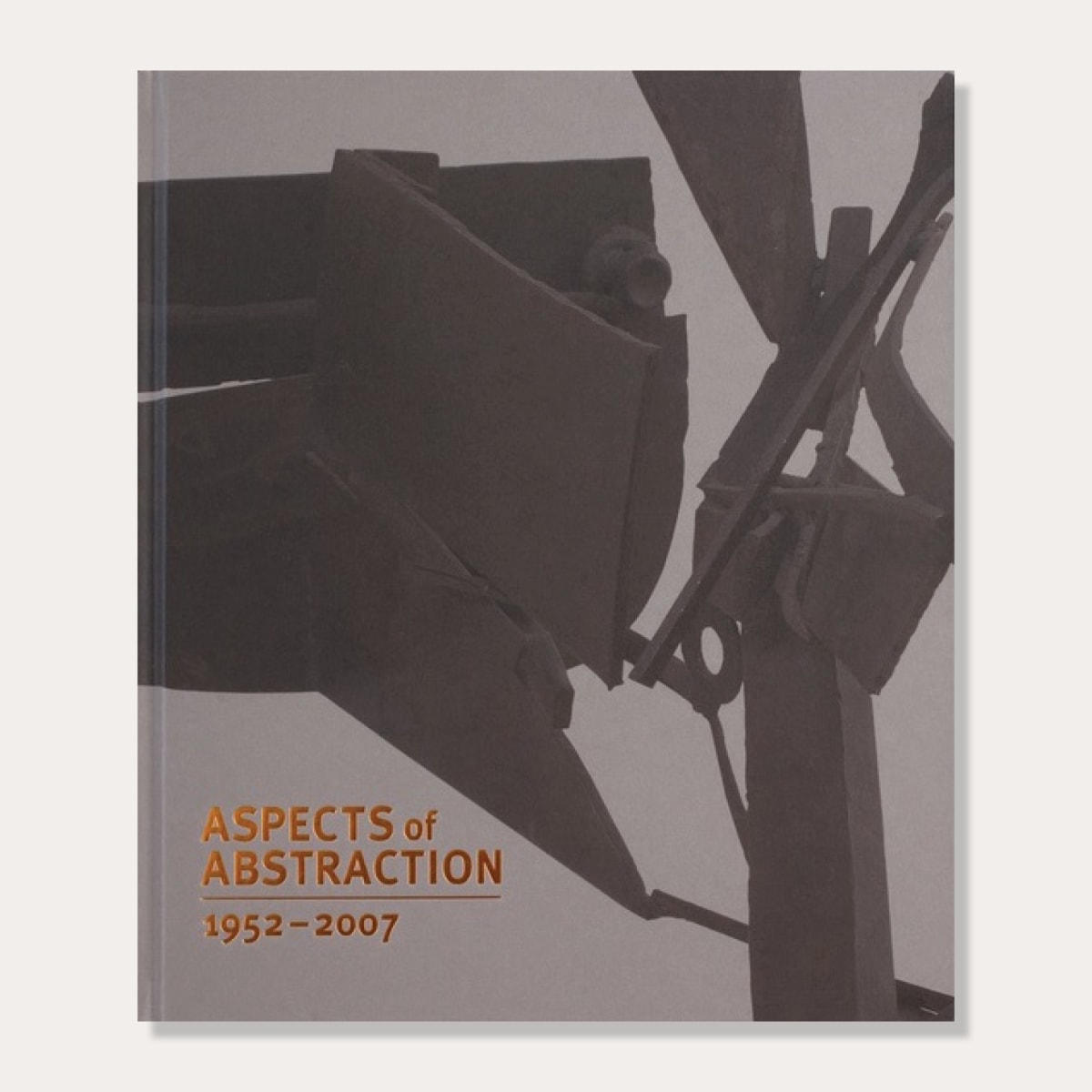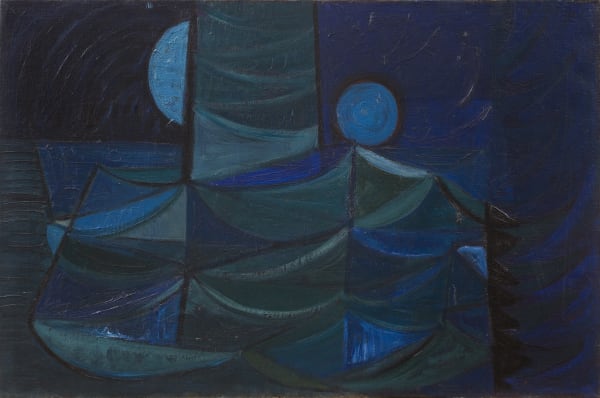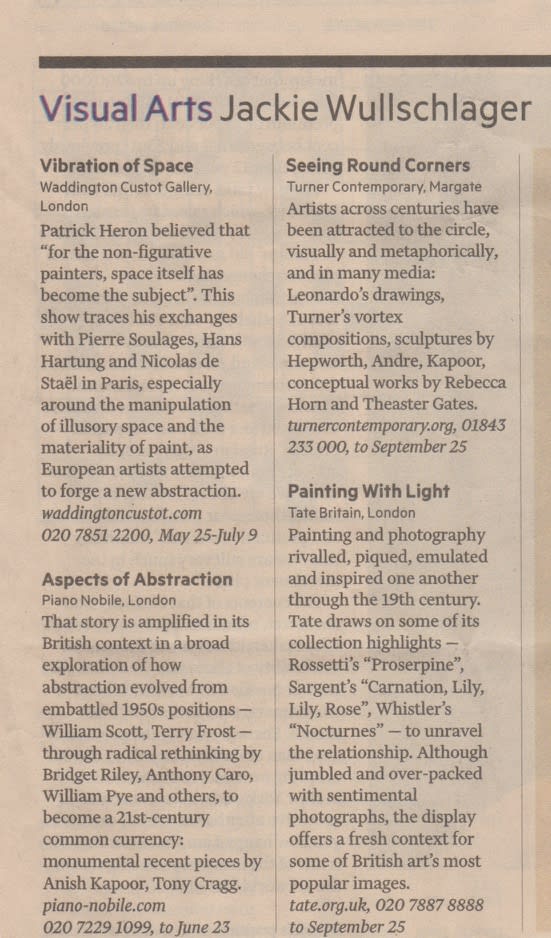William Pye
The gallery handles, acquires and advises on works by William Pye. For more information or the availability of work, please contact the gallery.
William Pye (b. 1938)
William Pye began sculpting at the age of twelve and studied at the Wimbledon School of Art from 1958 to 1961 and under Bernard Meadows at the Royal College of Art in London from 1961 to 1965. He taught at the Central School of Art and Design (1965-1970) and Goldsmiths College (1970-1975) in London, and was visiting professor at California State University in 1976.
Ancient Greece, especially temple sites such as Delphi, had an important influence on Pye's early work. His early sculptures consisted primarily of twisted tubular steel pieces, such as Hambalt (1967). From 1973, he began to suspend his tubular formations from wire, some fixed in shapes of distorted perspective, while others were designed to ripple in the wind. Hanging pendulous forms that represent symbols of male sexuality were sometimes incorporated in his work. From 1973, numerous public commissions ensued, including work for King's Cross House in Pentonville Road in London (1974) and for Eastgate Mall in Cincinnati, Ohio (1978). In the 1980s he concentrated on exploring notions of reflection and movement, which led him to incorporate water in his metal sculptures. In works such as Balla Frois (1988, Garden Festival, Glasgow) and Aquarena (2000, Millennium Square, Bristol), Pye gave shape and form to water through great feats of engineering. In 1992 he was commissioned to design the façade of the British pavilion at Seville Expo which resulted in his famous Water Wall.
In 1971 William Pye made the film From Scrap to Sculpture, which documented the creation of his Zemran sculpture for Queen Elizabeth Hall on the South Bank in London.
Text source: Benezit Dictionary of Artists
-

Aspects of Abstraction
1952-2007 17 May - 23 Jun 2016 Piano NobilePiano Nobile presents a selection of Post-War abstract art for sale, Modern British art for sale, in Aspects of Post-War Abstraction exhibition.Read more -

ART14
Olympia Grand 28 Feb - 2 Mar 2014 Art FairPIANO NOBILE exhibited at Art14, the second edition of London's global art fair. With galleries from Lagos to Berlin, and from Beijing to Dubai, Art14 London built on the success...Read more










